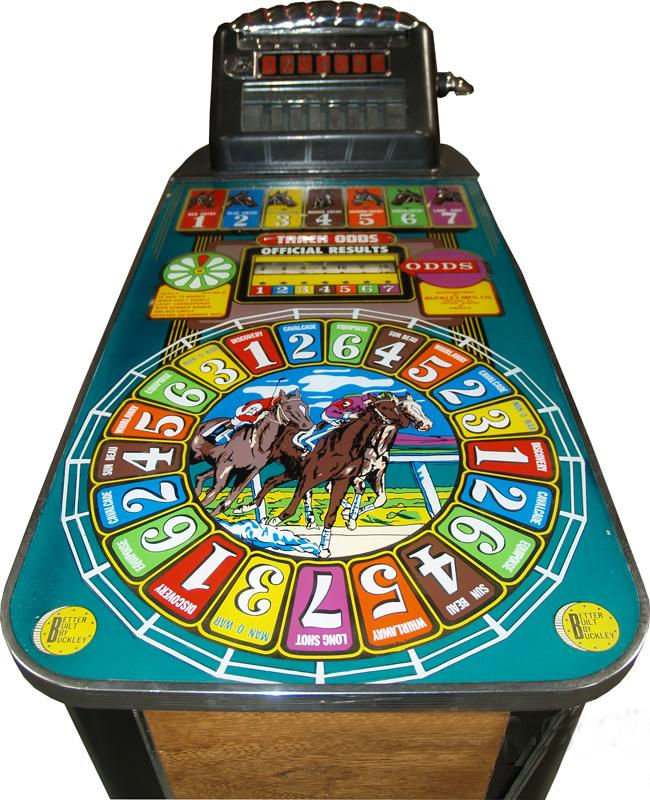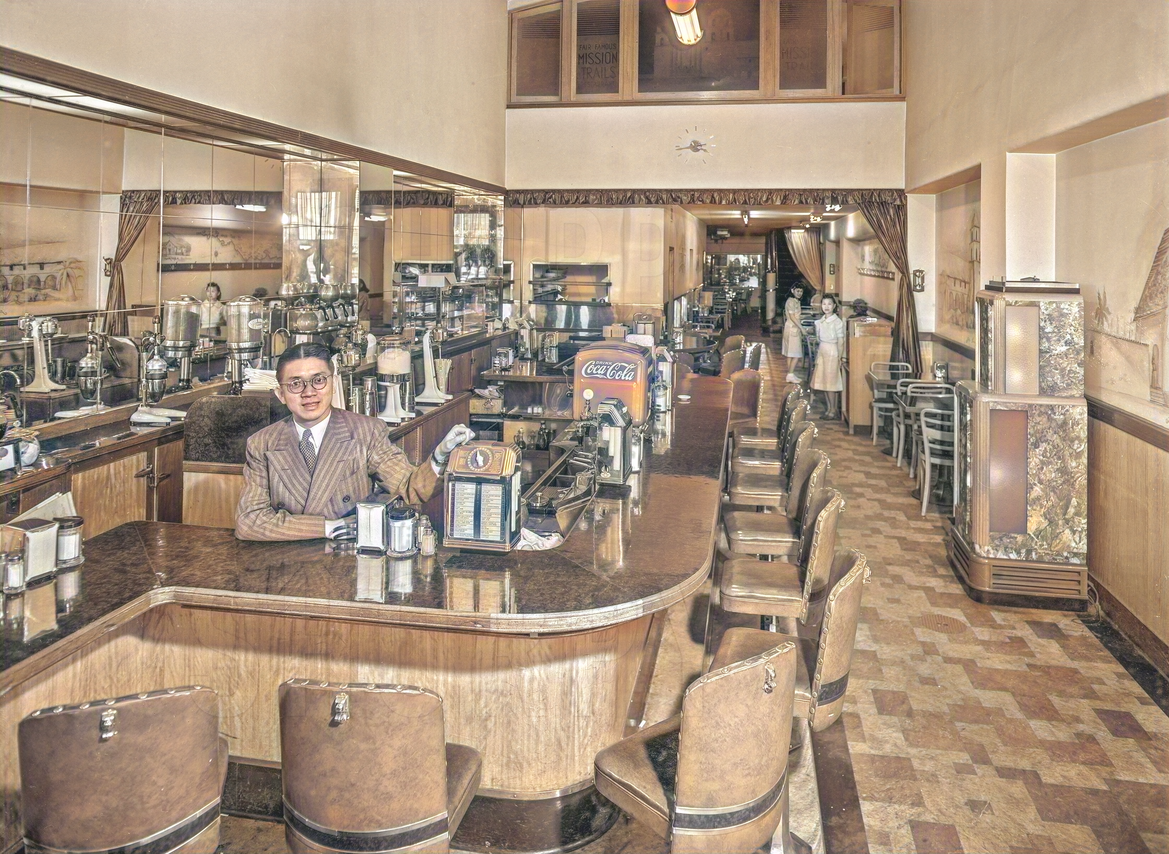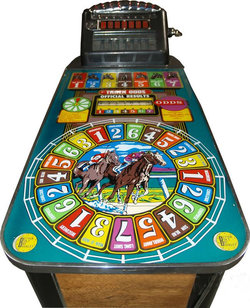- Home
- Replacement Artwork,logos,etc Available
- The Allwin Arcade
- Trade Stimulators
- The Strange & Unusual
- The Aristocrat Collection
- The Bally Collection
- The Bell-Fruit collection
- The BDR/BMR Collection
- The Bryans Collection
- The Buckley collection
- Caille Brothers Collection
- Working Models
- The Groetchen collection
- The Hawtin's Collection
- The Jamieson's Collection
- The Jennings collection
- The Mills Collection
- The NSM (Bingen) Collection
- The Oliver Whales Collection
- The Pace Collection
- The Parkers Collection
- The Rock-ola collection(slot machines)
- The Ruffler & Walker Collection
- The SEGA Collection
- the Shefras collection
- The TH.Bergmann Collection
- The Tom Boland collection
- The Watling collection
- The Whittaker Bros Collection
- the Wondermatics collection
- The Wulff Collection
- The Juke Box Age
- Coin Operated Cranes & Diggers
- Coin Operated Shooting Games
- Coin Operated Weight Scales
- slot machine coins & tokens for sale
- Amusement Arcades from the Past
- The British Seaside Pleasure Pier
- The Market Place
- Coin Operated Related Seaside Postcards
- See a Selection of the More Complex Machines at Work
- Stuart Dale's Imperator Rebuild
- Stuart Dale's Steam Shovel Project
- The "Allwin" Machine
- Useful Links
- The Rye Heritage Ctr Collection of Working Models
- Williamson's Vintage amusement arcades
- Contact Us
The Buckley Collection



Patrick J.Buckley arrived late on the slot machine front in 1929 with his Puritan Baby Vendor and Conversion Bell
 Puritan Vendor 1929
Puritan Vendor 1929
After getting started in much the same way as his competitors it was clear his company was always going to be playing catch up to the big boys so he decided to steer his business down a slightly different path. He did this in several ways.
Firstly although he did make his own machines(and very good ones) he cut costs drastically by producing a lot of machines that used mechanisms from other companies (notably Mills) in his own cases.
Secondly, when he did produce machines he often looked in a different direction from the other firms, this resulted in some of the most interesting(and collectable) gambling machines ever made. Buckley also made a series of unusual Pin tables, some in the form of gambling machines with a payout.


" Track Odds " Buckley answer to "Paces Races" a compressed air console machine

The "Buckley Bones" this remarkable dice playing machine is one of the most sort-after slot machines (see below for more details)


The "Pay Day" automatic payout Pin ball

Payday payout system
Thirdly he wasn't shy of overstepping the mark, copying other companies products was commonplace in the slot industry and Buckley was certainly involved in this. As early as July 1936, just six years after he started up he and his company were in court on patent infringement charges. This was to happen again some years later and run-ins with the law seem to have been a large part of the companies demise in the 50's.
Another plus for Buckley was that he was undoubtedly a good businessman and, unlike some of the bigger firms, he embraced change, modern methods and materials. During WW2 he realised the potential of plastics, and not just in the slot industry and looked to move in that direction. He also employed several selling plans designed to make his machines easier to buy.

He also recognised the importance of solidarity amongst the slot makers and was heavily involved in various slot makers associations and in the running of the very important trade shows of the time. He also recognised the importance of international sales and had a large European network of agents by 1939. This side of his business took a huge hit during the war but just six months after the war ended he was booking one of the first flights to Paris (no mean feat in 1946, Billboard Mag reports that his flight took 22 hours stopping in Newfoundland and Ireland). So important did he feel this trip was he handed over the running of the factory to his managers for almost four months while he visited France, England, Belgium, Spain and most surprisingly the recently defeated Italy. He wanted to restore his agent network in Europe as well as feel out the potential for future slot sales but never slow to see the advantages of investing in a depressed area he also had plans to build two factories in Europe, a plastics moulding plant and a die-cast plant.
Buckley made at least 66 different machines and was doing well until the US laws restricted slot sales in the US. A major police raid on the factory in 1958 seems to have persuaded Buckley to move out of the slot business, but not before the launch of one last groundbreaking machine, the "Electric Pointmaker", an electric machine using a light-up screen somewhat ahead of its time. There is some evidence that Buckley may have moved into Plastic production after 1960 but it's unclear.

Detectives removing machines from the Buckley factory,March 1958

Buckley machines being dumped in Lake Michigan by police, note at least two Buckley factory packing cases and the last of the Buckley line the electric Pointmaker


The last Buckley
The Electronic Pointmaker (Bingo version) Flyer
Below are some of Buckleys Machines, but first a special mention for the "Bones"

If there is one thing all slot machine collectors have in common it's that they all have the Buckley Bones on their wish list. This machine is unlike any other (bar one and we shall come to that later). It looks different, it plays different and, to the average player, it's a mystery how it can do what it does. For the "Bones" appears to throw standard dice and then read the result. The truth is not so magical but amazingly clever. The machine is, in fact, a standard slot machine but instead of strips with symbols on the reels hold a number of small cases each containing a pair of dice, these dice are free to move about in their case but not turn over so each case contains a fixed dice roll that cant change. When the handle is depressed the reels spin so fast it appears a single set of dice are being shaken. When the reels stop suddenly the dice rattle around and come to a stop showing the result for that particular case of dice. In my view, if this machine was still in use there would be a line of players waiting to play it.
As usual with Buckley even with the Bones, all is not what it seems for there is a machine made by Bally called the Reliance which is, to all intents and purposes identical. Did Buckley copy the Bally? did Buckley buy their machines from Bally or vice versa? did they work together on the development? no one seems sure. Either way, the Bones is the more sort after of the two and if I could have just one slot machine it would be this one. Its very complexity kept its production era short and today there are only a handful of people in the world who can dismantle and rebuild this machine.


Buckley Bones Bally Reliance


Inside the "Bones"
Buckley Bones in action
Other Buckley Machines


Cent-a-pack Baby Shoes


Digger The Favorite


On this strangely reeled Bonanza its hard This Buckley has many Mills parts but may
to see where Mills ends and Buckley starts have a true Buckley mech as the escalator is a Buckley made version


The Criss-Cross is perhaps the best know Buckley machine and is commonly found in Europe
These can be found with both Mills and Buckley mechs, The true Buckley mechs have one (sometimes two) small air dampers (one high up on the mech) and the escalators run the coins touching unlike the Mills spaced escalators.
This machine is a particular favourite of mine (I have two) with its simple deco design but they rarely have a jackpot unit fitted

Well there is some Buckley on this one..but not much


This "Five Jacks" machine, like so much The last Buckley The "Electronic Pointmaker"
of the Buckley story is a bit of a mystery
The date given it is far too early for a machine
of this design so I'll leave the date unknown
------------------------------------------------------------------------------------------------------------------------


The Buckley Pointmaker(1955)
In 1951 the Johnson Act was enacted which made it illegal to sell or ship coin-operated gambling machines or parts across state lines. This virtually put the slot machine manufacturers out of business.
In 1955 Buckley came out with the Pointmaker which did not take a coin. So this machine did not fall into the language of the Johnson Act. It wasn't long after that the wording of the law was modified and included any gambling machine. The short production run makes this machine extremely rare.
Buckley used the basic design of the 3-reel slot machine. Some modifications were done to the castings to support the electrical operation. Bulbs lighting a panel with slot symbols were used instead of the traditional reels. The basic slot mechanism was used with the usual clock, payout discs, payout fingers, and a lot of the same parts used in a payout slot.
But all the win features and operations were done using electrical components. Switches, discs, etc. There is no coin entry or payout tray. A counter was placed in the jackpot window to show the winnings.
The player would pay the bartender an agreed amount per play. Using a control box that is wired to the machine, the bartender would add credits to the machine. The denomination could be any amount agreed on. A penny or a hundred dollars. The player would press a button on the machine removing one credit and unlocking the mech. If a winner was hit credits would be added to the counter. After play the bartender would pay the player for the credits and remove them by pressing another button.
---------------------------------------------------------------------------------------------------
By 1939 Buckley had a large subdivision making a very successful jukebox system under the "Buckley music System Inc " name. It was based on a centrepiece unit with counter/booth selection boxes attached and it was very popular

The Jukebox showroom at the Buckley Factory



Workers at Buckley Music systems Inc Pat Buckley taking centre stage

A man looking very much like Alfred E Newman points to a countertop selector with the main unit against the wall on the right


Buckley Flyers
